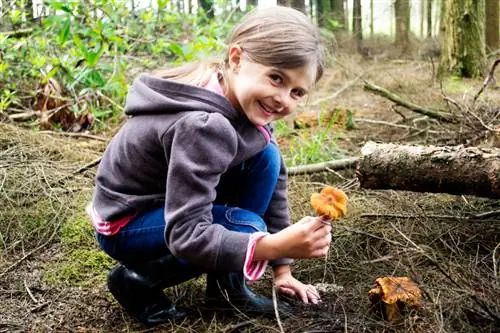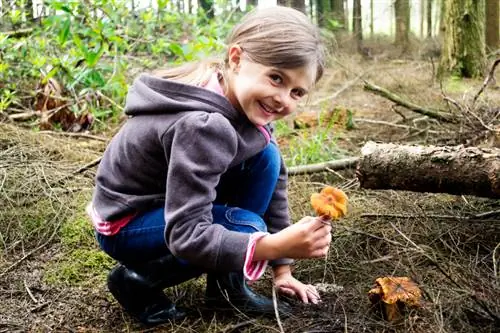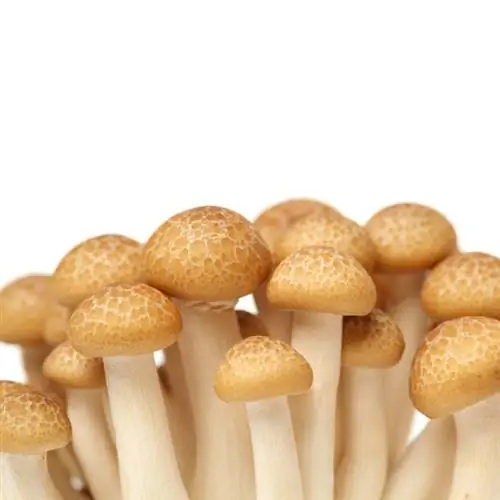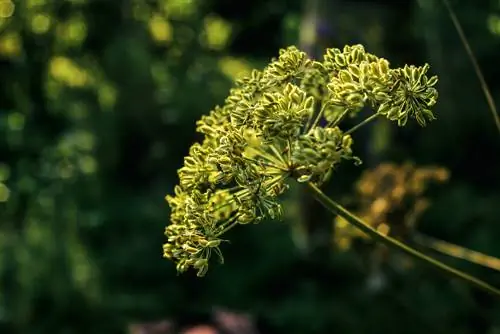- Author admin [email protected].
- Public 2023-12-16 16:46.
- Last modified 2025-01-23 11:19.
In summer and autumn, meadows and forests not only invite you to take relaxing walks. In many walkers, the hunting instinct awakens, especially in autumn, when tasty edible mushrooms wait to be discovered among the mosses and grasses.

How do I pick mushrooms correctly?
To pick mushrooms successfully, you should be well equipped (identification book or app, basket, sharp knife) and only harvest perfectly identifiable, non-poisonous mushrooms. Leave inedible mushrooms in the forest to avoid disturbing the ecosystem.
Only harvest mushrooms that can be identified precisely
When harvesting mushrooms, you should only take those specimens that you can clearly identify as non-toxic. A mushroom identification book is not always sufficient for this, as there are sometimes different types of mushroom varieties depending on the region. Local mushroom pickers can often identify these more clearly than a book or the mushroom picking app on the smartphone.
Going into the forest properly equipped
When taking a walk through the autumn forest, there is a real chance of finding larger mushrooms. Mushroom collectors should therefore always be well prepared for any finds. The basic equipment of a mushroom picker includes the following things in particular:
- an identification book (€24.00 on Amazon) or a corresponding app on your smartphone
- a basket for transporting the mushrooms
- a sharp knife to cut the mushrooms
A basket to transport the often very soft mushrooms is important, otherwise they could easily be crushed in a plastic bag or cotton bag. There are different opinions as to whether mushrooms should be twisted out of the ground with a slight twist of the hand or whether it is better to cut them off near the ground.
Leave mushrooms in the forest
Even non-edible mushrooms have their place in the ecosystem and should therefore not be trampled on because of a lack of success in finding them. In addition, some mushrooms that are poisonous to humans can serve as food for various forest dwellers. Maggot and snail-eaten mushrooms, like slightly rotten mushrooms, are no longer easily usable, but in the forest they can still ensure that the mushrooms multiply in the next season through the production of spores.
Tips & Tricks
With practical growing sets from specialist retailers, tasty edible mushrooms can also be harvested fresh all year round from your own cellar or windowsill. After the inoculated substrate has been prepared, brown and white mushrooms usually grow to a harvestable size within about two to three weeks. However, you should only pick as many of them as you can use fresh, as the shelf life of mushrooms is very limited, even in the refrigerator.






